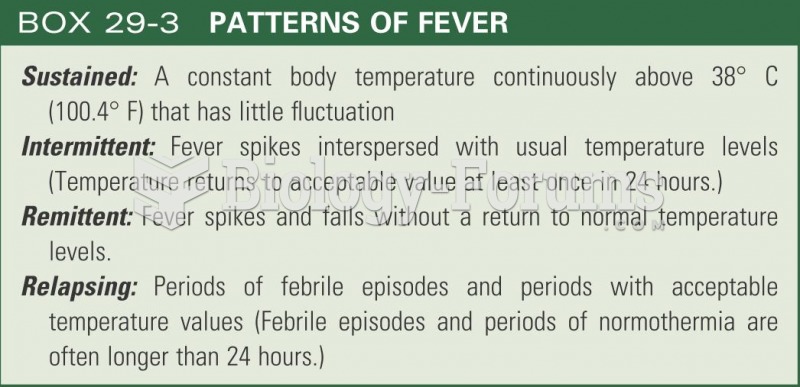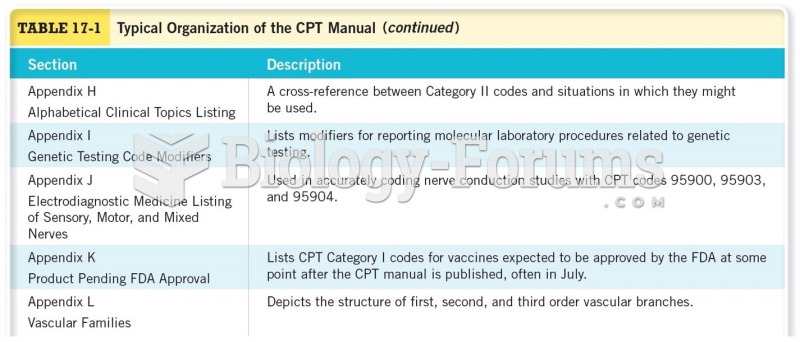Answer to Question 1
Answer may include:
Individuals with autism, even those without significant intellectual disabilities, display unusual, uneven learning patterns.
Many do have learning strengths that are surprising in the context of the childs overall level of functioning.
Patterns of social behavior reflect social withdrawal and avoidance of others; most experience significant delays or deficits in social skills.
Difficulties and delays with language and communication are the hallmarks of children with autism.
Some children may have delayed language, others lose what they have acquired, still others do not develop language and speech.
Echolalia, the repetition of speech sounds the child has heard, also occurs in some children with autism.
Many individuals with autism have a difficult time with reciprocal languagethe use of language to give and receive information..
Individuals with autism may display a range of characteristic, sometimes disturbing, behaviors.
Some behaviors reflect the characteristics of rigidity, or need for structure, often present in children with autism.
Some individuals with autism perform repetitive patterns of behavior such as rocking, twirling objects, clapping hands, and flapping a hand in front of ones face. These are referred to as stereotypic behaviors.
Most of these behaviors have a clear use or function for the child with autism.
Answer to Question 2
Answer should include:
The relatively recent identification of autism as a separate category in special education (IDEA amendments, 1990).
As school districts became more practiced and prepared in classification procedures, more children were identified.
The possibility that there has been a true increase in numbers, with possible environmental and medical causes.







